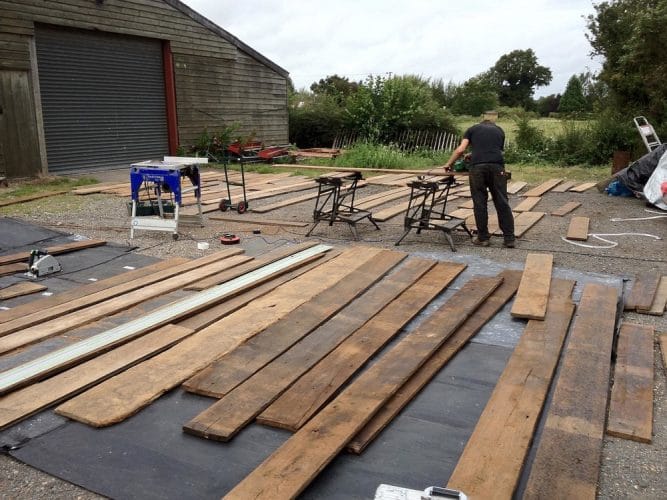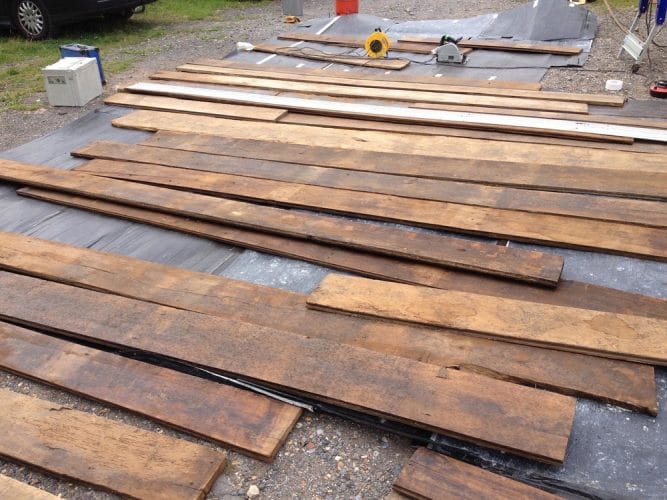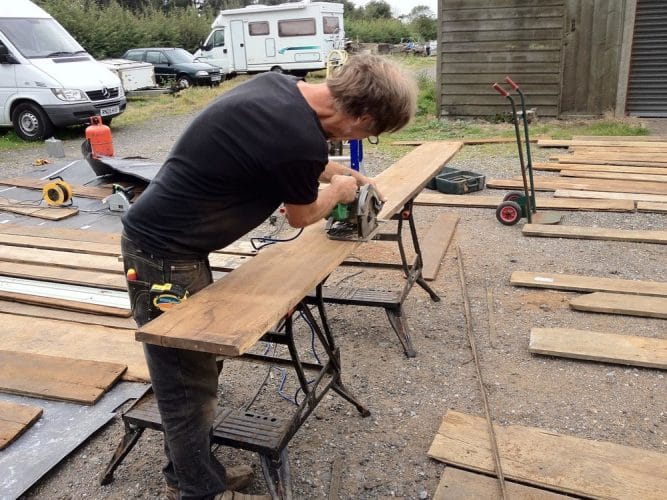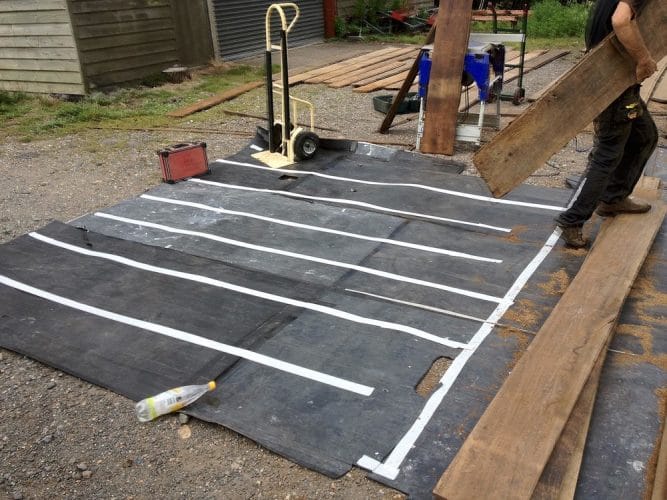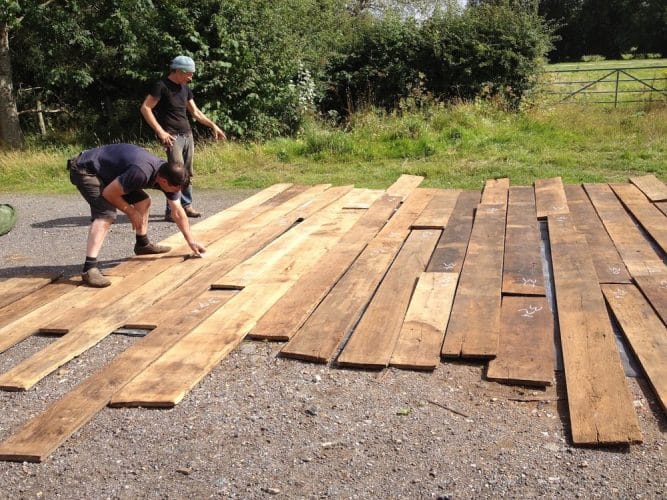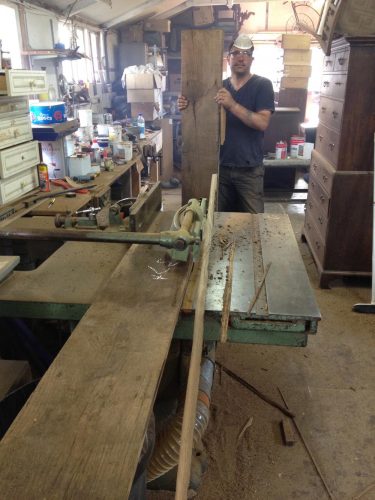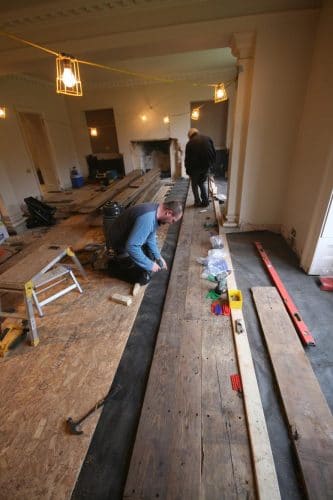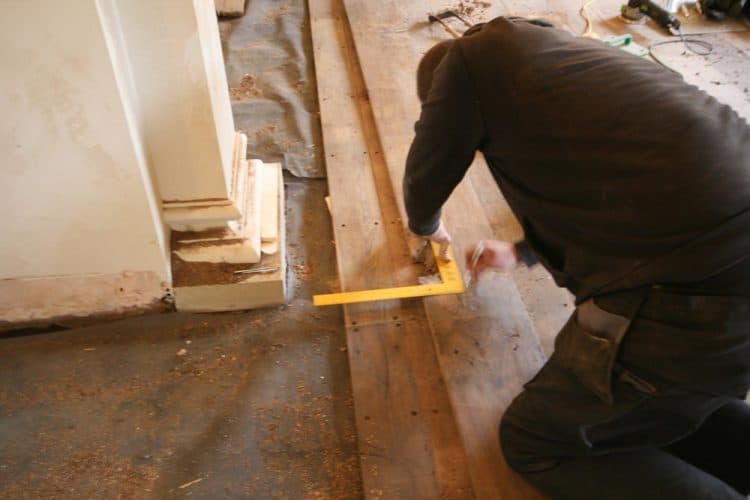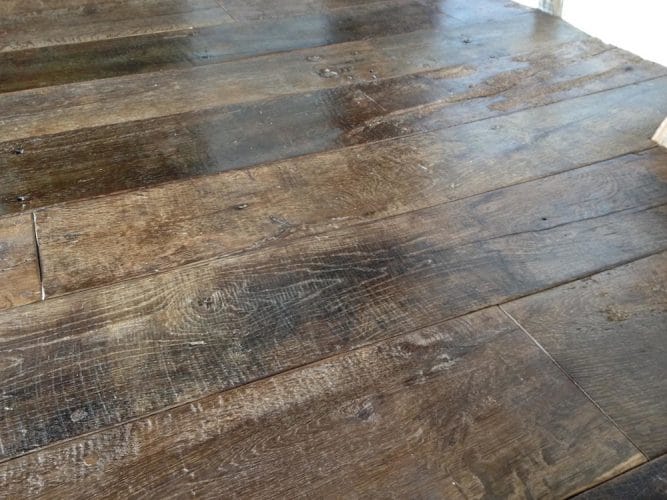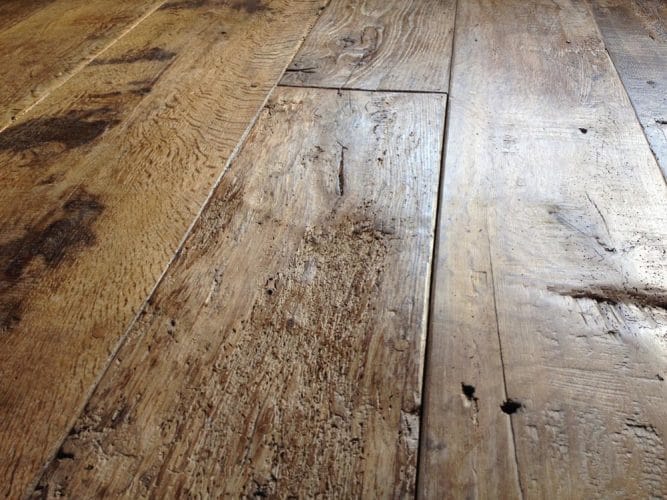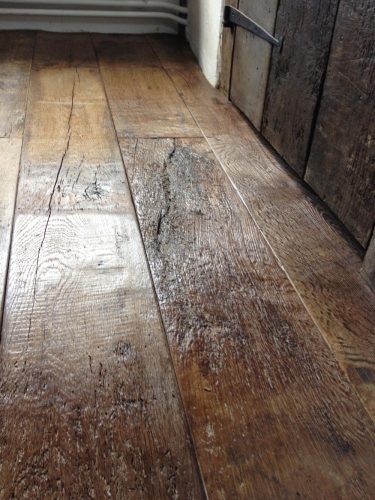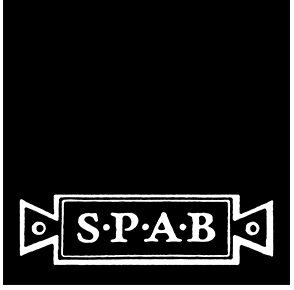The logistics of laying a floor in a character property
Laying reclaimed floor boards in a 17th Century Cottage entails some additional planning.
The low ceilings and small staircases are not best suited for manoeuvring uncut planks of wood. Plus, the original 17th Century joists have to be taken into account. Here’s how Vincent and his team approached the job.
Recreating a room in the workshop
The client lived in a 17th Century Cottage and wished to lay a reclaimed oak floor in a bedroom of the property. The character of the property made the logistics of bringing in large oak planks to hand match and saw on site prohibitive.
Thus the first part of the job was to create a template of the floor, which meant lifting the carpet and the existing flooring up, all the way down to the ancient joists. Vincent used Corex sheeting (a floor protector) to create the template. On this he mapped the dimensions of the room and drew the position of all the floor joists.
When Vincent took it back to his work shop, he was able to spread it out, effectively recreating the client’s room.
A reclaimed wood floor jigsaw puzzle
The reclaimed wood was sourced from France and each board was picked by hand. When it arrives the wood is in a very raw state – embedded with nails and sometimes covered in muck. Each board was cleaned, de-nailed and dried in a kiln. Vincent then selected the boards based on their lengths, widths and character and placed them on the template, fitting them to the room like a jigsaw puzzle. The boards were then edged, cut to length and numbered.
Once done, the boards were transported to the cottage where they were laid. There is considerable skill involved in fitting reclaimed floorboards which are often cupped, gnarled or twisted, and of different thicknesses. Each board was individually laid and fitted, and afterwards evened up by hand with an in-shave so that the final floor was level, but retained the natural character of the antique wood.
